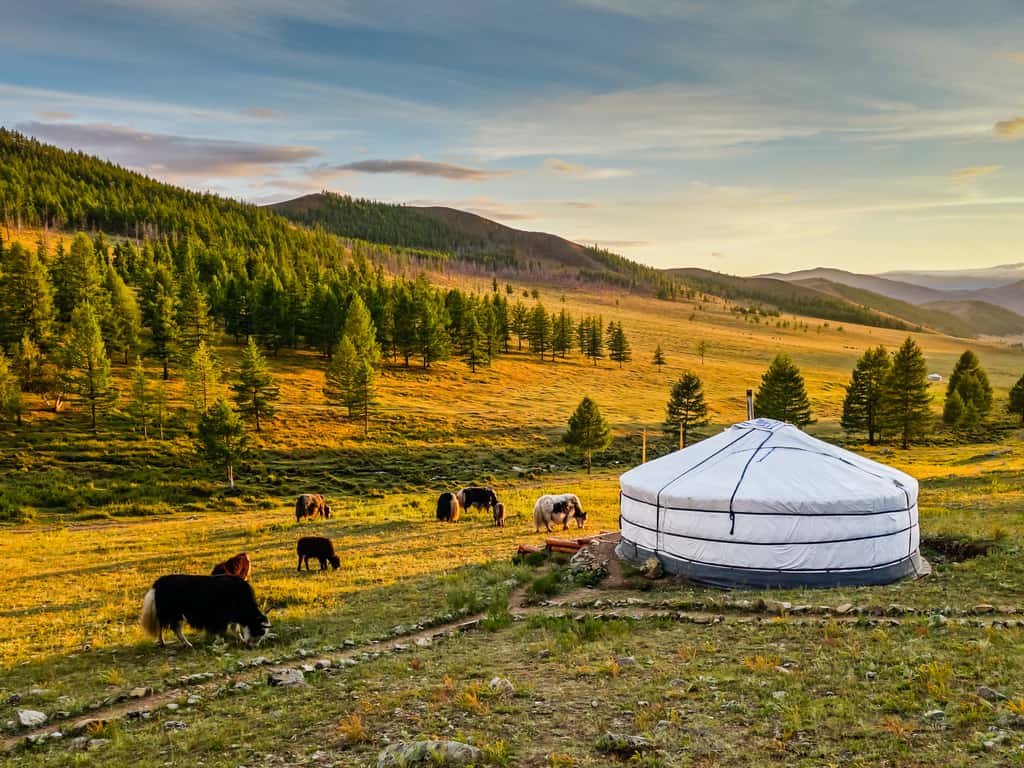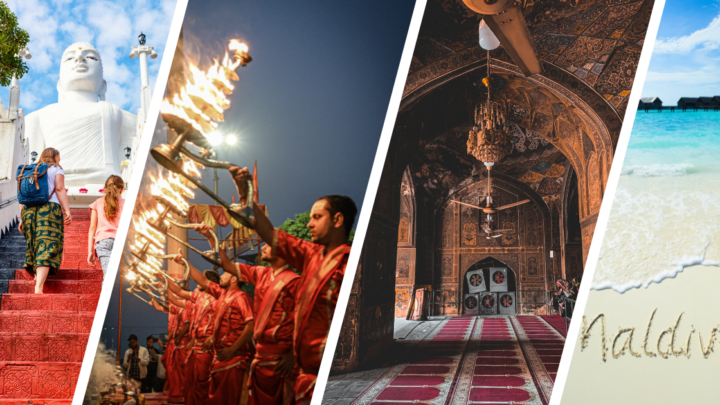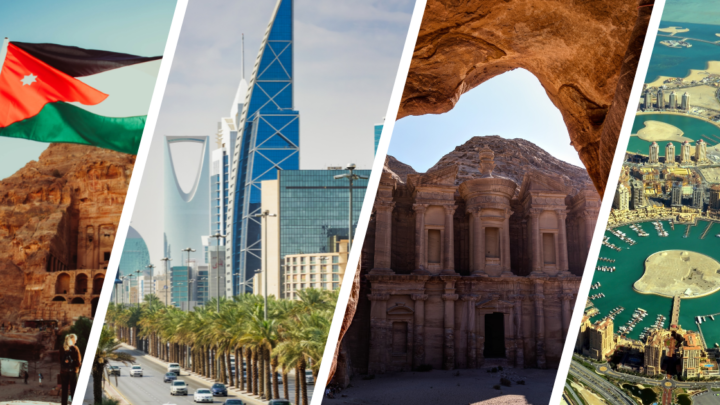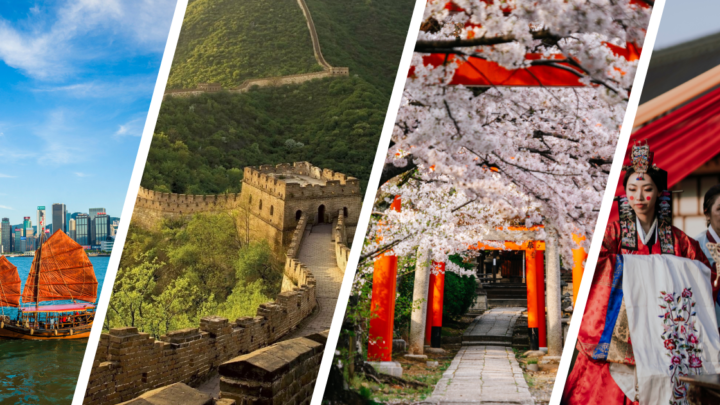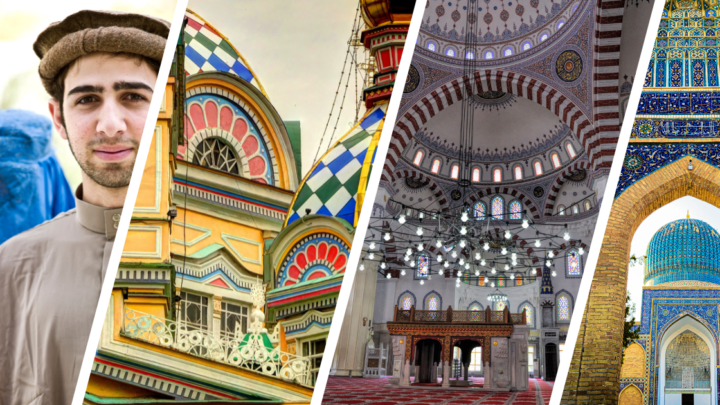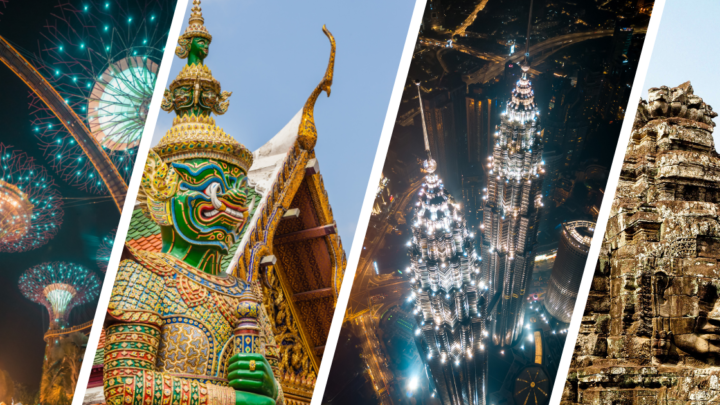It’s almost guaranteed that Mongolia will wow you with all the cool things to do there. Check out our curated list of the best things to do in Mongolia and the best places to visit in Mongolia below. As a Web 3.0 travel startup, Wondrous Drifter has big plans to shake things up in the field.
Table Of Content
- Altai Tavan Bogd National Park
- Central Museum of Mongolian Dinosaurs
- Erdene Zuu
- Flaming Cliffs
- Genghis Khan Statue Complex
- Gobi Desert
- International Intellectual and Puzzle Museum
- Khamriin Khiid
- Kharkhorin-Erdenezuu
- Khorgo Terkhiin Tsagaan Nuur National Park
- Khovd
- Khustain Nuruu National Park
- Lake Khovsgol
- Orkhon Valley
- Ovoos at Terkhiin Tsagaan Lake
- Terelj National Park
- The Mother Tree
- The Zaisan Memorial
- Tsagaan Suvarga
- Ulaanbaatar
- Explore Asia
Altai Tavan Bogd National Park
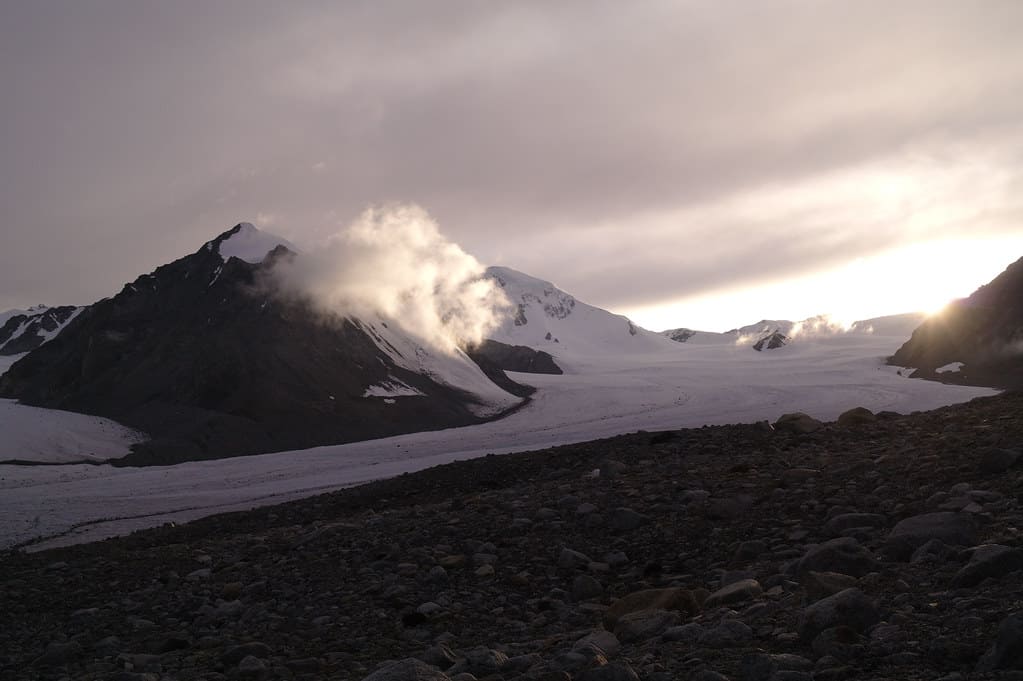
This is a must-see Mongolian destination for those who enjoy hiking, mountaineering, animals, and nature.
The National Park encompasses some of Mongolia’s most breathtaking landscapes, including glaciers, rivers, alpine lakes, and some of the country’s highest peaks.
Altai Tavan Bogd National Park, which straddles the Mongolian-Chinese-Russian border, is Western Mongolia’s top tourist destination.
A wide range of activities are available to guests, including hiking, horseback riding, and fishing, but the more adventurous can also try rafting, climbing, and backcountry skiing.
In addition, you will have the opportunity to learn about the fascinating Kazakh culture and visit ancient sites such as burial mounds and petroglyphs.
With so many attractions, you’d assume the area would be packed with visitors. Luckily, Altai Tavan Bogd Park remains blissfully serene and unvisited; even during peak tourist season, you’ll only meet other people every few days or so if you explore the most popular spots.
Address: Bayan-Ölgii Province, Mongolia
Central Museum of Mongolian Dinosaurs
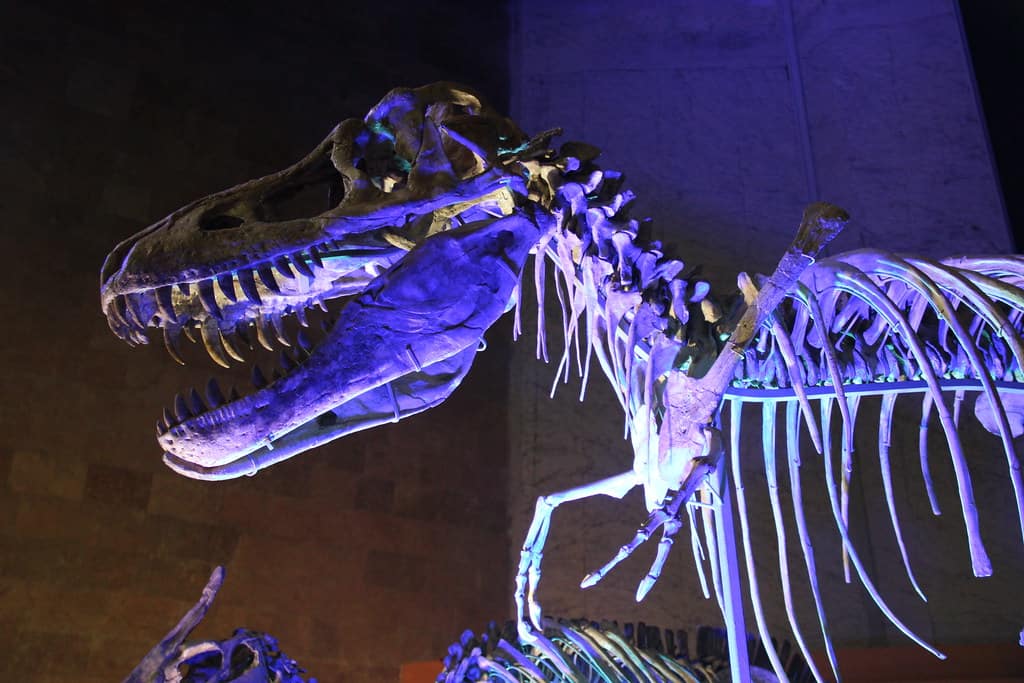
Like most kids nowadays, have you ever been amazed and curious about dinosaur fossils? If so, you must visit this spot in Mongolia!
When dinosaurs roamed this land millions of years ago, the Gobi desert on the Mongolian-Chinese border was teeming with life.
The fossilized remains of its bones and eggs were found for the first time in the 1920s by the American explorer Roy Chapman Andrews.
This museum in Ulaanbaatar is where you can see a Tarbosaurus bataar skeleton, a protoceratops skull, and dinosaur eggs on display. It is located within the former Lenin Museum, built in 1974.
The museum stars are the Tarbosaurus bataar, which is related to the Tyrannosaurus rex, and the Saurolophus, which has an unusual crest on its head.
The museum also has a model of a Velociraptor, a model of a Protoceratops, and an Oviraptor nest with eggs in it.
This is such an interesting and incredible spot to visit, especially if you love dinosaurs!
Address: Ulaanbaatar, Mongolia
Erdene Zuu
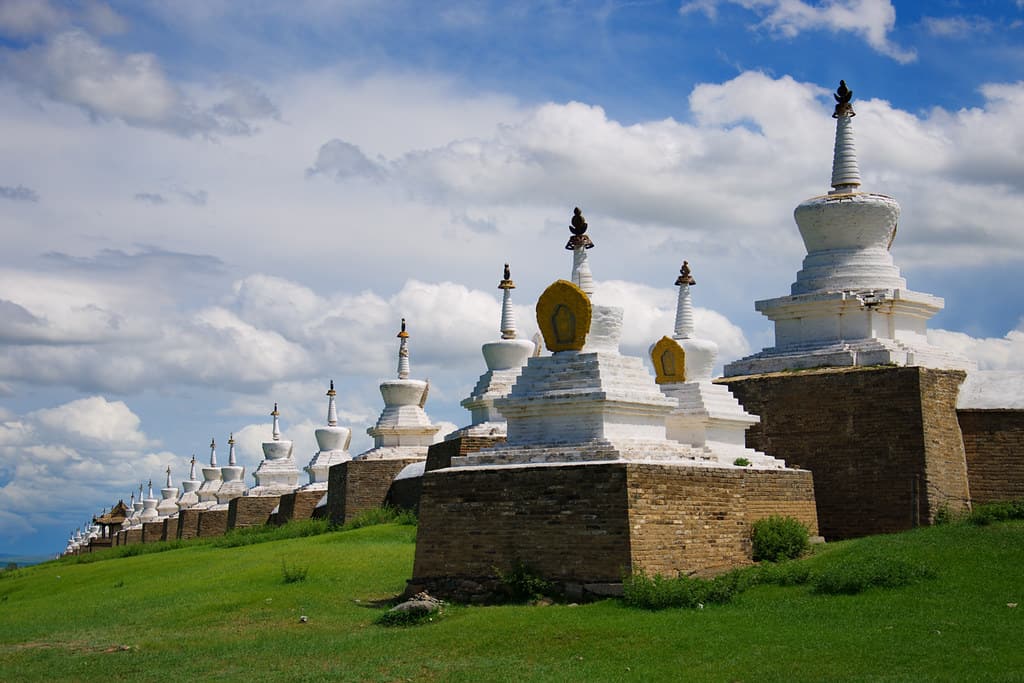
A wonderful Mongolian spot to visit if you’re a history buff or just interested in learning more about this fascinating period.
After Buddhism was accepted as the official religion of Mongolia in 1585, the Erdene Zuu Monastery was constructed just outside the walls of the ruins of the country’s former capital city.
The first Buddhist monastery in Mongolia was Erdene Zuu (Hundred Treasures). The monastery experienced periods of prosperity and neglect before being permanently shut down by Stalinist purges in 1937.
After being devastated in the 1680s, the Erdene Zuu monastery was reconstructed in the 18th century in 1872.
There were formerly 60 temples in the huge complex, but now there are just 13. Many people believe that Erdene Zuu Khiid is the most significant monastery in the country at present, even though it is undoubtedly a mere shadow of what it once was.
Have your fill of Mongolian history in this remarkable religious spot in Mongolia!
Address: Kharkhorin, Mongolia
Flaming Cliffs
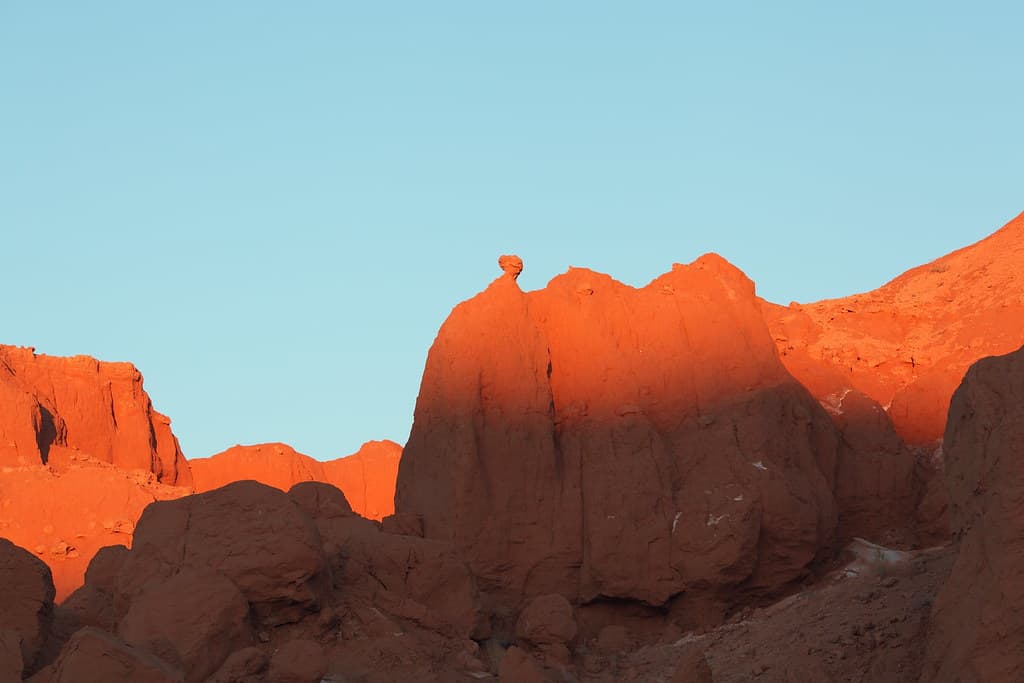
If you love sunsets, these cliffs in Mongolia burningly love them too!
Fossils of prehistoric animals from the Protoceratops, an herbivore about the size of a dog, to the Velociraptor, a dangerous predator, have been found at the Flaming Cliffs, which are in the middle of the Gobi Desert.
The best views of the cliffs are from below or across the escarpment. However, no matter where you stand or when you visit, you will be able to experience the place’s amazing vastness and raw beauty come to life. At sunset, the sandstone cliffs take on a flaming appearance.
Umnugovi Province protects the Flaming Cliffs as an official park to preserve the scientific history of the world and the history of the Mongolian people.
Because so many dinosaur fossils were found here, it is undoubtedly one of the most important places for fossil hunters worldwide.
Have your unforgettable sunset experience at this attraction in Mongolia!
Address: Gobi Desert, Mongolia
Genghis Khan Statue Complex
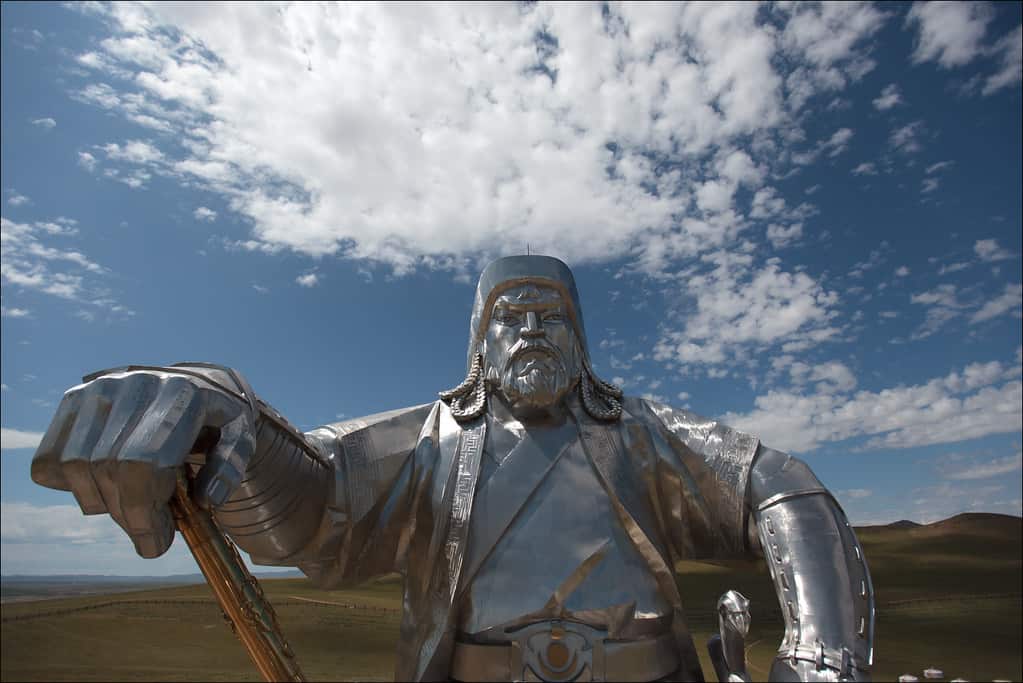
“All Mongolian people are proud of this statue,” said a famous sumo wrestler from Mongolia who now lives in Japan.
The 131-foot-tall Genghis Khan Statue Complex is the most well-known landmark in Mongolia and one of the tallest equestrian statues in the world.
Most of the world knows Genghis Khan as a cruel and violent leader who may have killed as many as 40 million people through terror campaigns and mass killings of civilians.
However, he is hailed as a national hero in Mongolia, having ruled over the world’s biggest continuous kingdom and establishing the Mongolians as a cultural and political force.
In order to emphasize that Genghis Khan was a Mongolian, the Mongolians created many monuments of him riding an equestrian mount, one of which is the largest in the world.
You can take the elevator up into the horse, and once you get there, you can visit the museum to learn more about the Mongols. In addition, the complex features a gift shop where you can purchase memorabilia and a café where you can get a snack.
Address: Ulaanbaatar, Nalaikh, Mongolia
Gobi Desert
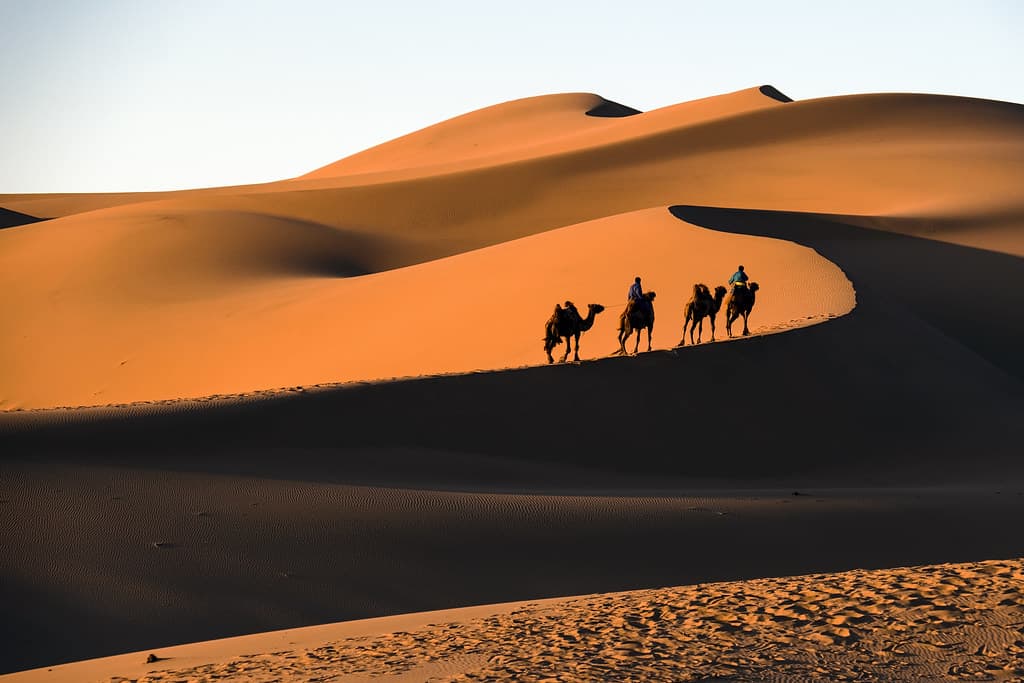
Discover dinosaur fossils in Asia’s largest desert!
The Gobi Desert is not just a desert; it also conceals incredible natural wonders that can be found nowhere else in the world.
The Mongolian Gobi Desert has the most dinosaur fossils in the world. It also shows how nature and wildlife have changed over time. Footprints, fossils, and tracks of dinosaurs dating from 70 to 99 million years ago can be found at Cretaceous Dinosaur Fossil Cradle Sites.
The Khermen Tsav, dubbed “The End of the World” by Roy Chapman, is another Gobi Desert treasure you must visit. They are listed as a natural treasure by UNESCO and are a major tourist attraction. Each year, people come from all over the world to spot dinosaur fossils throughout the field and watch the stunning sunset behind the red sandstone cliffs.
It is also important to ride a camel to have an authentic experience of the Gobi Desert up close and personal.
You can’t forget to add this stunning attraction to your list of places to visit in Mongolia!
Address: Gobi Desert, Mongolia
International Intellectual and Puzzle Museum

If you love solving puzzles and other mind games, you will love this spot!
The art of doing puzzles has a long history in Mongolia, and the country is responsible for producing some of the world’s most challenging chess sets and puzzles.
Nomadic homes in ancient Mongolia are likely where the capacity of Mongolians to think creatively and find solutions to puzzles started.
The International Intellectual Puzzle Museum, or IQ Museum for short, pays tribute to Mongolia’s intriguing heritage.
The museum sits in Ulaan Baatar’s eastern district, hiding behind an old circular building that looks to have been burned down at some point.
This museum has a fascinating collection of games and puzzles created by local and foreign artists. Countless handcrafted chess sets and clever indigenous Mongolian puzzles seem to be distant relatives of the Rubik’s Cube. It has approximately 11,000 puzzles from 130 nations on display.
It is highly unique since you can watch the exhibits and touch and play with them.
Address: Apartment 7, Ulaanbaatar, Mongolia
Khamriin Khiid
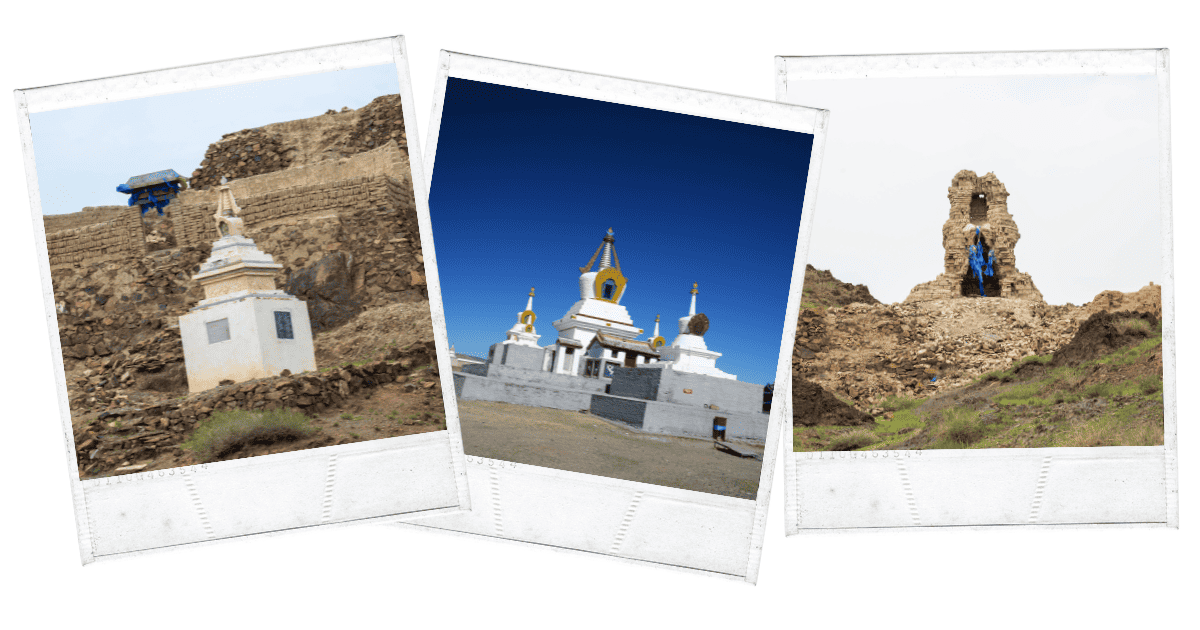
Monks in Mongolia’s Gobi Desert consider this monastery to be the spiritual epicenter of the planet.
The monastery complex, Khamriin Khiid, was established in the 19th century to mark the location.
The Monastery was a major hub of Buddhism’s “red sect,” and it was unique in 19th-century Mongolia as a location where women were treated with more respect and rights than men.
West Khuree, East Khuree, Dunkher, and Tsokhon were the four main divisions of the monastery, which contained four colleges, more than 80 temples, and more than five hundred lamas who lived here during their heyday.
During the Mongolian religious purges of 1938, the army entirely demolished the monastery. More than 10 lamas now live in the monastery, which has restored two small ceremonial temples and numerous other religious structures.
Whether you believe in Buddhism or not, this is one of the religious places in Mongolia that you must visit!
Address: Hamariin Hural, Mongolia
Kharkhorin-Erdenezuu
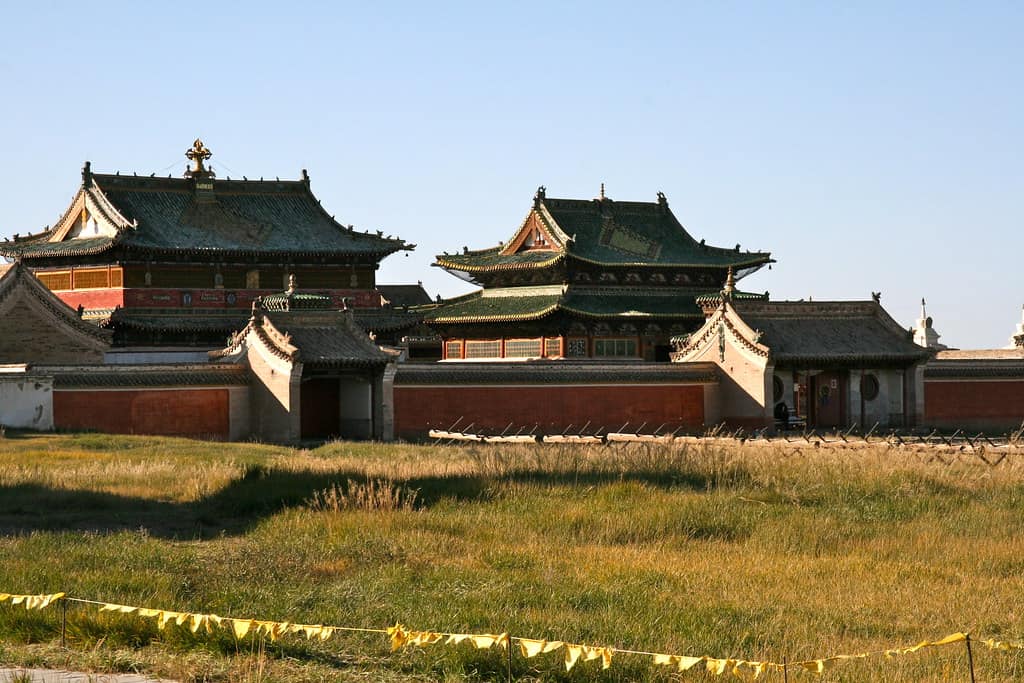
Religious spots always have a special place in every traveler’s heart.
This location, next to the ancient city of Kharkhorin, is home to what is thought to be Mongolia’s oldest surviving Buddhist monastery. The monastic complex was constructed using stones salvaged from the demolished old city.
There are 108 stupas on the wall around it. In Buddhism, 108 is a holy number, the number of beads on a Buddhist rosary (mala).
For a number of centuries, Erdene Zuu Monastery has held its status as Mongolia’s most significant religious site.
During a purge in Mongolia in 1939, the communist commander Horloogiyn Choybalsan was responsible for the monastery’s destruction. This purge led to the extinction of hundreds of monasteries and the deaths of over ten thousand monks.
The site was renovated at the turn of the century, regaining some religious significance. Erdene Zuu is still a functioning Buddhist monastery and a tourist-friendly museum.
Pay your respects and witness the beauty of this Mongolian monastery during your visit!
Address: Kharkhorin, Mongolia
Khorgo Terkhiin Tsagaan Nuur National Park
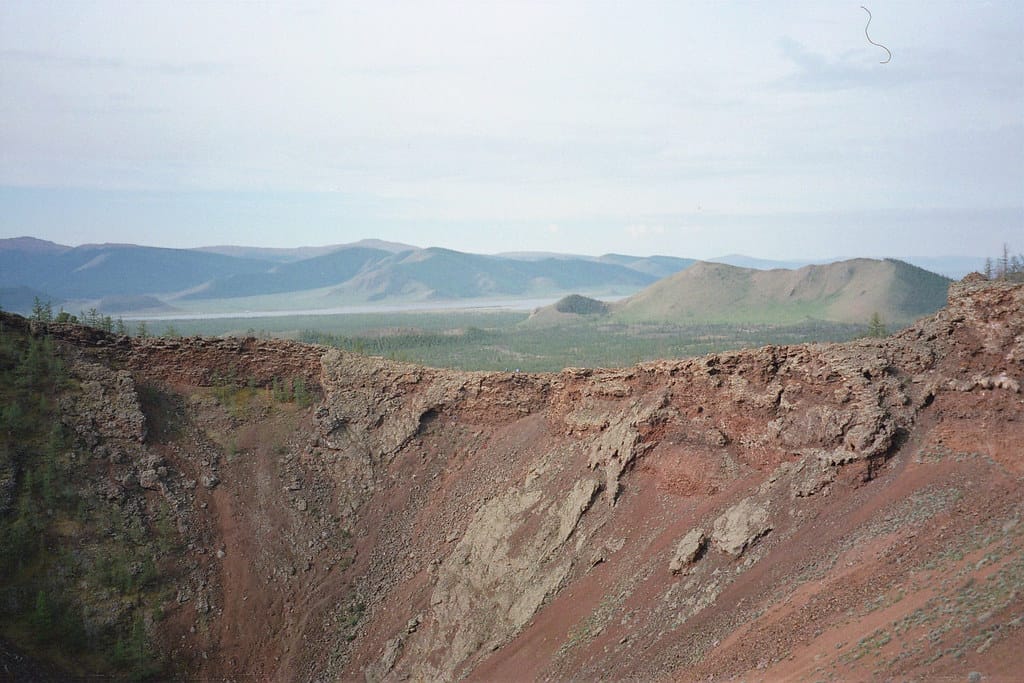
A Mongolian paradise where you can explore volcanoes and enjoy the scenery of the lake at the same time.
This national park has a total area of around 773 square kilometers and is particularly well-known for the picturesque volcano Khorgo Uul and the nearby freshwater lake Terkhiin Tsagaan Nuur. It includes the extinct volcano Khorgo, which was first protected by the state in 1965.
It is a one-of-a-kind destination due to the weird and spectacular scenes that were formed on the earth’s surface by moraine steppe and mountains, as well as the lake that was formed when a volcano erupted.
The Terkh White Lake is a birdwatcher’s heaven due to the large number of different species of birds and fish that live there. Here you may find some of the world’s most endangered bird species, including the great bustard, saker falcon, Cinereous vulture, and swan goose.
It is a wonderful location for activities you can enjoy, like hiking and horseback riding in the wooded mountains, as well as lounging by the lake.
Address: Nariin Hüryee, Mongolia
Those who never travel are like people who only read one page of a book. Go travel, as there is so much beauty in the world. Kick off your world travel by checking out our travel round the world guide. You can’t see the world without stopping by the United States. Do you want to have an authentic American experience? You have to check out the best states to travel to in USA.
Khovd
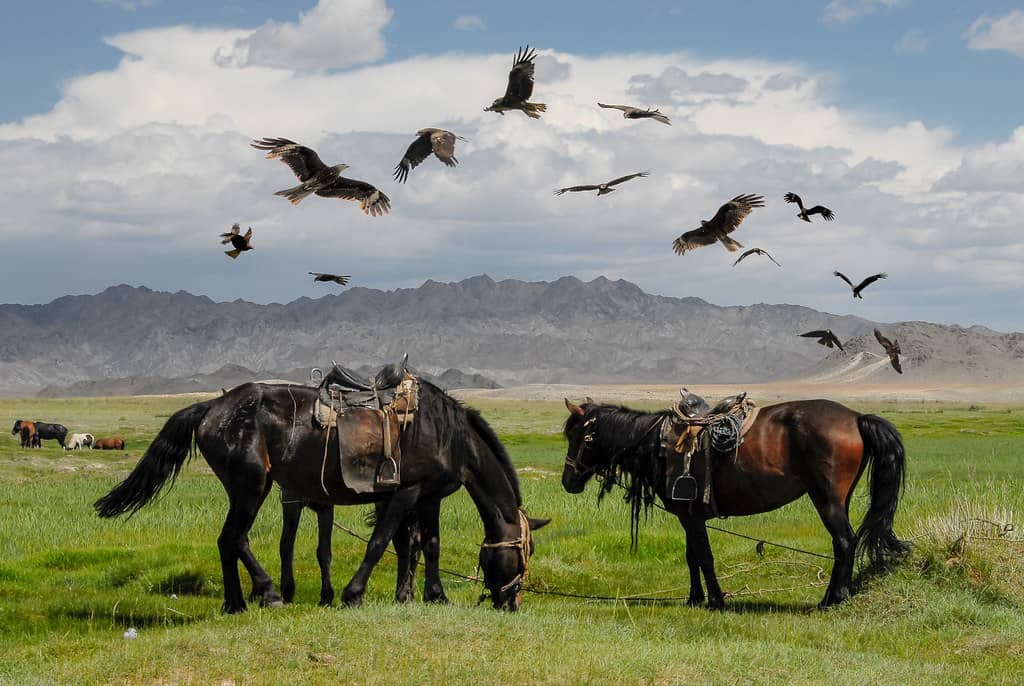
Your doorway to authentic Mongolia is the Khovd province, which rests on Mongolia’s high plains between the Turgen and Munkh Khairkhan mountains.
Mongolia’s Khovd province is a popular tourist stop for those interested in nature and culture. This region has long served as the commercial, business, and cultural heart of western Mongolia.
It’s a charming town with everything a traveler might want: clinics, shops, and inexpensive guesthouses with a cozy atmosphere.
The Galdan Boshigt and Amarsanaa Statues in the main square, the local museum, the big market, and the Ahmet Ali Mejit Mosque for Kazakh people are just a few of the province’s numerous noteworthy landmarks.
The Khoid Tsenkher caverns, nestled in Mankhan soum at the bottom of Chandmani mountain, are another must-see sight. A Soviet Mongolian archeological group examined the caves in 1967 and discovered Stone Age wall art.
Be sure to spend a day or two exploring this beautiful province of Mongolia!
Address: Khovd Province, Mongolia
Khustain Nuruu National Park
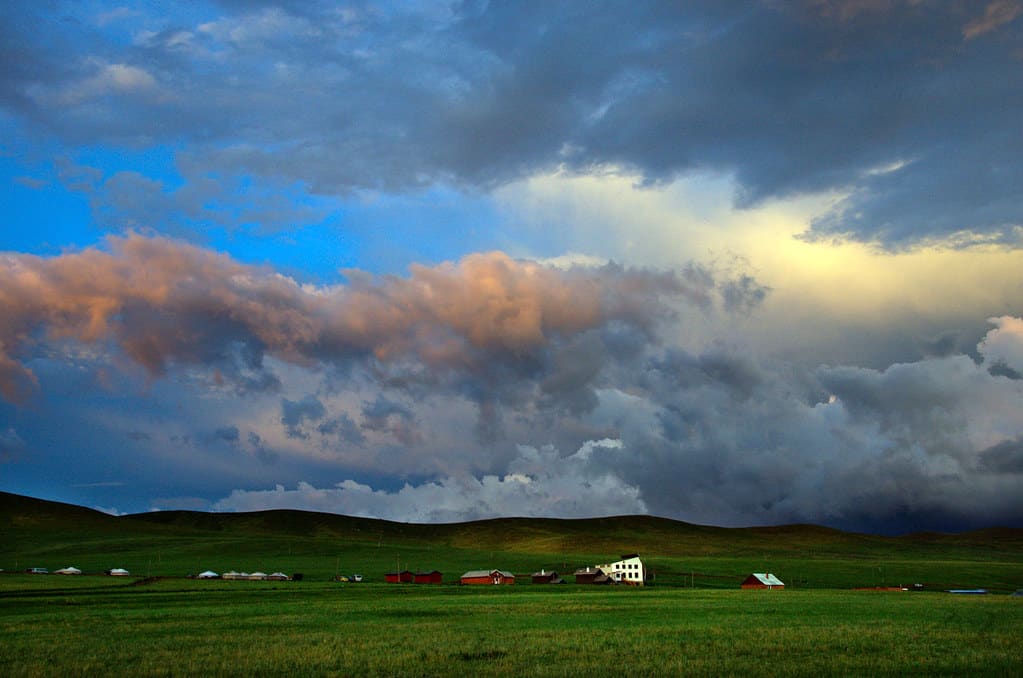
There are only a few truly wild horses left in the world, and they all live in this green landscape in Mongolia.
The Khustain Nuruu National Park, about 100 kilometers west of Ulaanbaatar, is part of UNESCO’s ‘Man and the Biosphere’ reserves, which are included in the World Biosphere listing of nature reserves.
In the 1970s, the takhi wild horses of the grassy steppes were no longer seen in the wild. However, thanks to many breeding programs, they slowly started showing up in their old haunts, such as the Khustain Nuruu national park, where they came from.
There is a wide variety of activities available, including horseback riding and hiking. To the southeast of the park, there are Turkic graves that can be visited on horseback or by car in a single day.
For visitors who want to witness the wild horses in their enclosures, park guides must accompany them, and they must stay on established trails.
As the wildlife is most active between dusk and dawn, staying the night at Khustain Nuruu is an awesome experience.
Address: Töv Province (Aimag), Mongolia
Lake Khovsgol
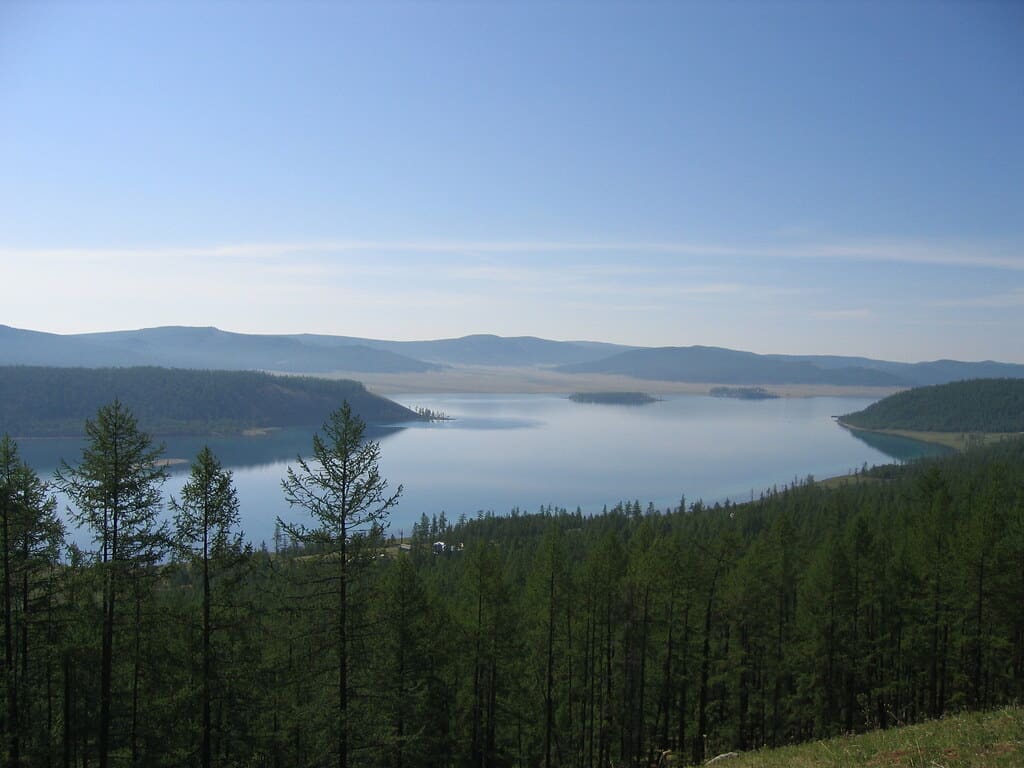
This freshwater lake is so fresh that you can drink it. YES! You heard that right.
Lake Khovsgol is reported to be filled with drinkable water that doesn’t need to be treated, and the geological history of the area dates back two million years. Regarded as the “Blue Pearl of Mongolia,” this lake is one of the world’s oldest and most picturesque lakes.
In recent years, tourists from all across Mongolia and the rest of the world have been flocking to this sacred landscape of lakes and mountains.
Ritual mounds, including deer stones from the Bronze Age, have been discovered all across the region, representing the shift from the earliest examples of devotion and sacrifice to the emergence of Shamanism.
The park provides a wide range of opportunities for recreational or sporting activities, as well as different kinds of tours, such as nature sightseeing and educational outings, camping, a variety of different types of hiking and climbing, trekking, and horseback riding, boating, biking, and kayaking.
Spend a laidback or adventure-filled afternoon in this beautiful spot in Mongolia!
Address: Lake Khovsgol, Mongolia
Orkhon Valley
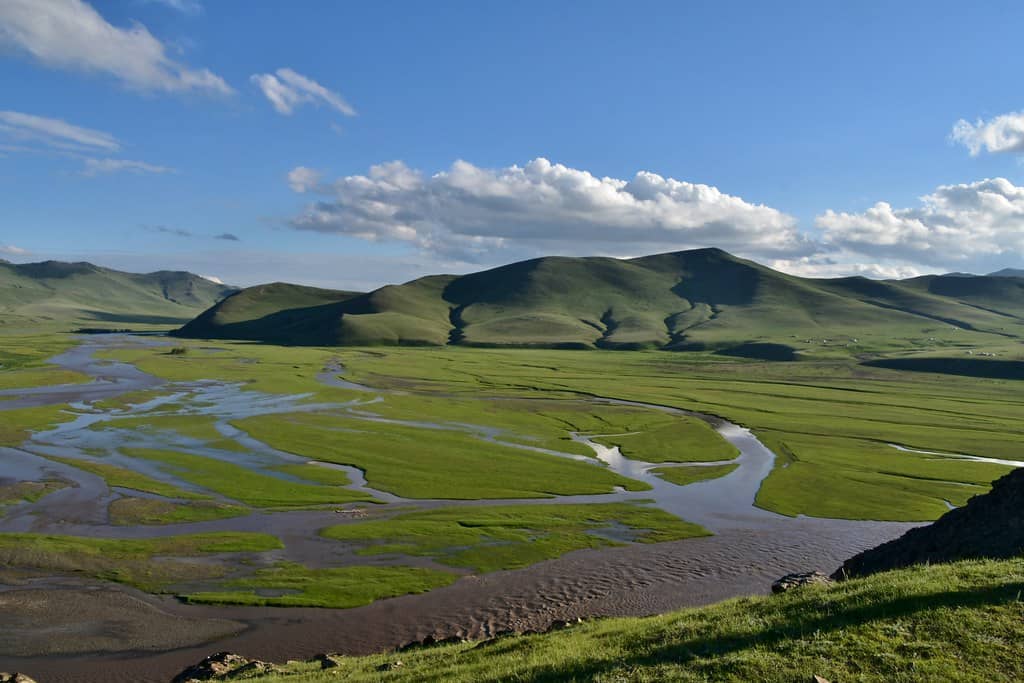
A nature lover’s paradise in Mongolia.
This UNESCO-protected monument, at the base of the Khangai range, is 121.967 hectares long and runs parallel to the Orkhon River.
People often think of this area as the birthplace of the nomadic culture of the steppes. It was a real meeting place for different cultures over the last thousand years because it connected East and West in the center of the big Eurasian continent.
The Orkhon Valley is now home to a significant nomad population and serves as a common location for breeders to set up their camps.
The lush Khangai Mountains, the abundant fauna and flora, and the stunning steppe scenery make this area the ideal site to learn about nomadic Mongolia in alluring leafy surroundings.
It is also quite enjoyable to go horseback riding, and the valley serves as the starting point for a great many excursions and treks in the mountains that are all around it. In the mountains, activities such as fishing and mountain biking can be enjoyed.
Address: Central Mongolia
Ovoos at Terkhiin Tsagaan Lake
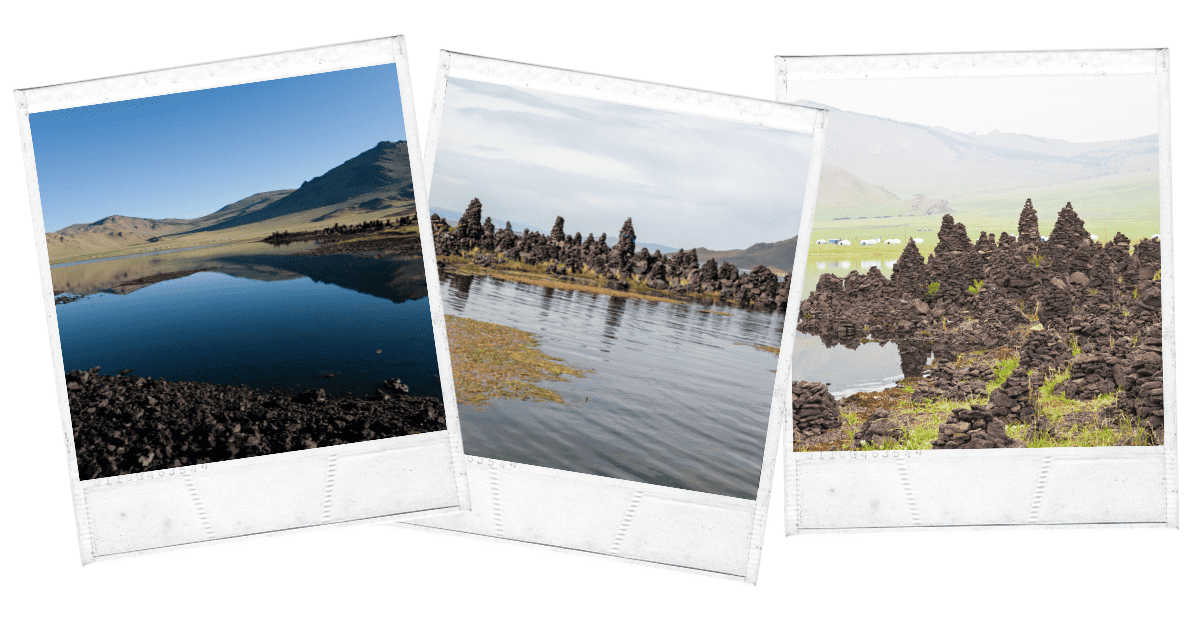
Take part in one of the Shamanic traditions in Mongolia.
White Lake is another name for Terkhiin Tsagaan, which gets its name from the thick blanket of snow that remains on the lake’s frozen surface for the greatest part of the year.
An ancient legend claims the lake was formed by a large boulder being dropped and making an enormous hole upon landing, while the more scientific explanation goes back centuries to an eruption of the adjacent Khorgo Volcano.
The Terkhiin Tsagaan Lake ovoos stand out in part because of their geological history: the black lava rocks that are all over the area are used to make them.
Ovoos can be found on many of Mongolia’s higher peaks, and when someone approaches one, they are expected to walk around it three times, always in a clockwise direction, and then contribute a few rocks to the ever-growing pile of stones. This is in accordance with local tradition.
The scenery and history behind this lake in Mongolia make it a must-visit spot for every tourist!
Address: Terkhiin Tsagaan Lake, Tariat, Mongolia
Terelj National Park
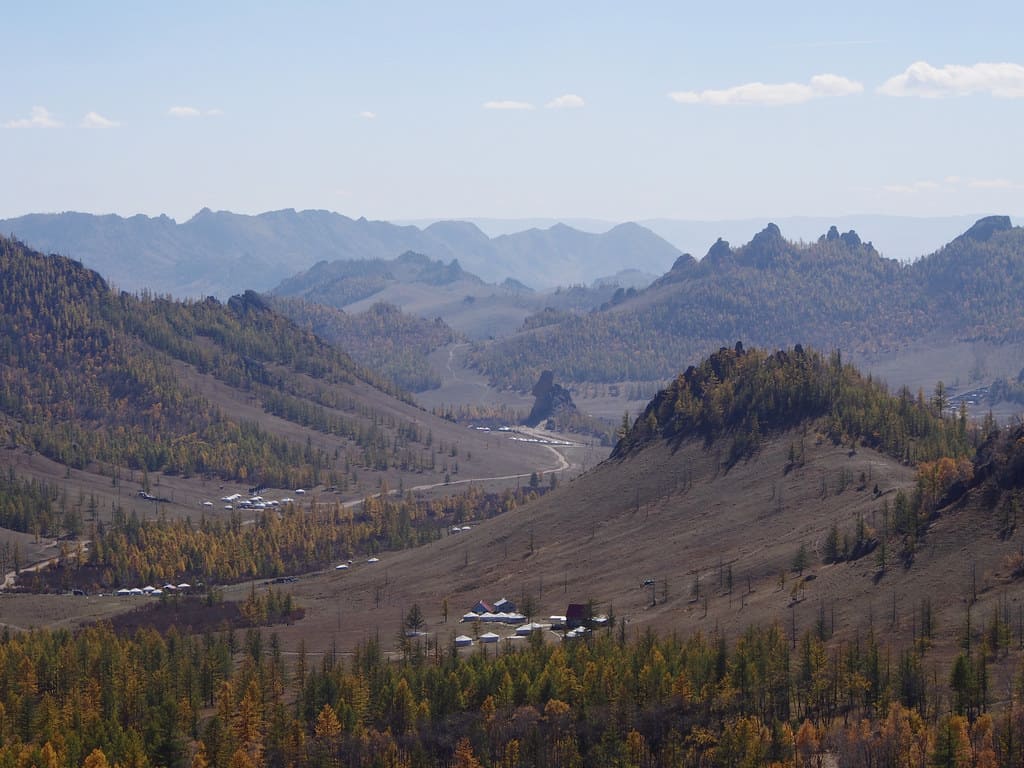
Who doesn’t like the stunning scenery of mountain ranges? NO ONE. This is one of the most beautiful destinations in Mongolia to see magnificent views of the mountains.
Because it is close to the city, the national park is always listed as one of Mongolia’s most popular national parks.
The Terelj National Park is a very attractive place to visit, thanks to its breathtaking rock formations, picturesque meadows, and charming mountains.
Its mountain forests are home to a variety of wild creatures, including roe deer, boar, wolves, red foxes, and other predatory birds.
You can stroll through meadows covered in a variety of wildflowers; marvel at interesting rock formations set against a landscape of pine-covered mountains, and meander along the forested banks of a mountain lake.
Horseback riding, trekking, seeing a Buddhist temple perched on a hill, staying in a traditional ger, and going to the homes of nomadic people are some of the activities that you can enjoy here.
Address: Mongolia
The Mother Tree
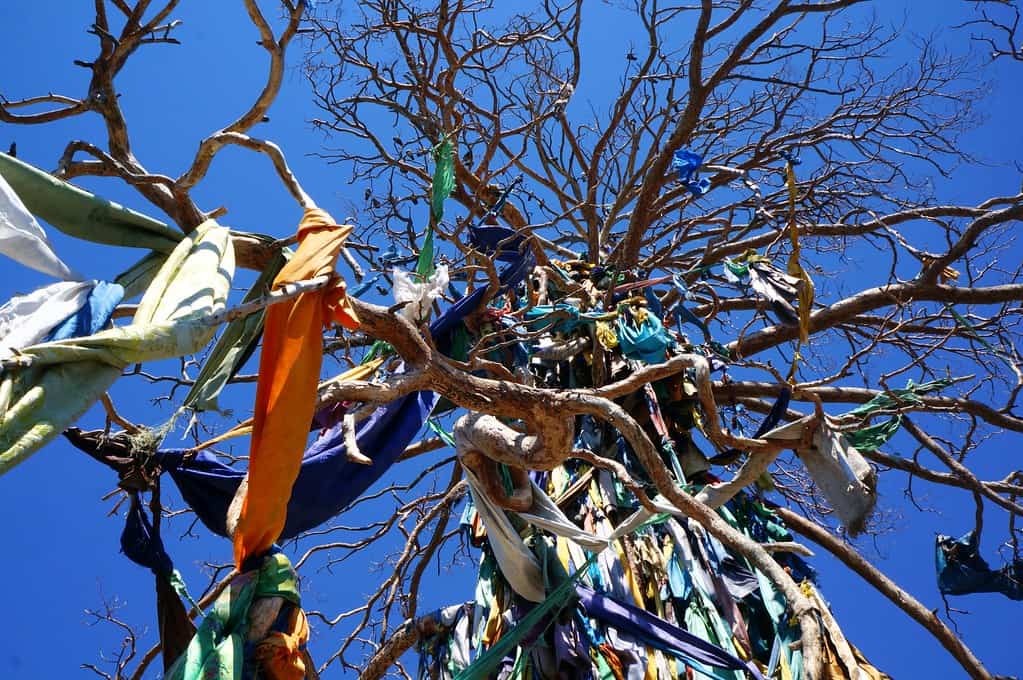
Have you ever felt curious about the Shamans? Feed your curiosity at their pilgrimage spot in Mongolia!
Those who engage in the spiritual practice of shamanism attach a great deal of importance to The Mother Tree, which is a landmark that can be found in Shammar, Mongolia.
The belief that shamans may communicate between the physical and spiritual worlds is central to the practice of shamanism. After being struck by lightning, the Mother Tree came to be seen as a portal to the spirit realm by those who practice shamanism.
Its popularity has expanded beyond Mongolia, and people from various countries, including China, Japan, and Korea, travel great distances to worship at the Mother Tree.
This sacred site is considered to be the meeting point of Buddhist and Shamanic beliefs within the Mongolian culture.
A great number of people traveled to the tree in the belief that there would be an answer to their prayers there.
You must visit this spot in Mongolia and learn something about Shamanism!
Address: Eej Mod Rd, Shammar, Mongolia
The Zaisan Memorial
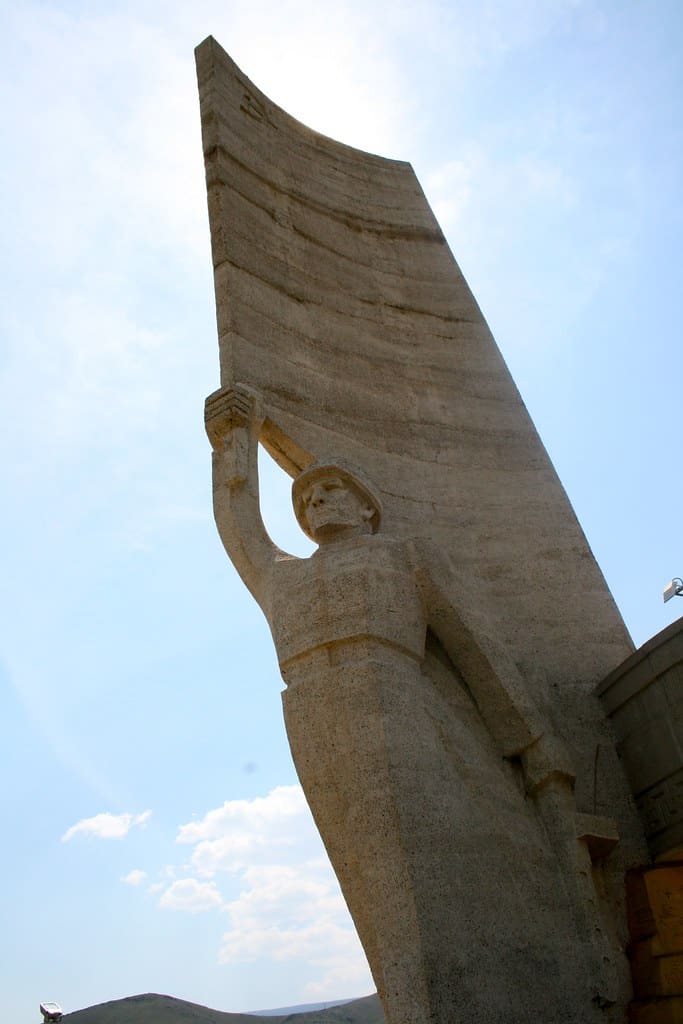
As it rises south of the city, this monument is topped with a circle of art that remembers Soviet and Mongolian friendships.
The Zaisan Memorial was built in 1956 to honor the Soviet and Mongolian soldiers who died in World War II while fighting for the same side.
The mosaic shows moments such as the Soviet support for Mongolia’s proclamation of independence in 1921, the Soviet defeat of the Japanese Kwantung Army at Khalhkin Gol in 1939, and the victory over Nazi Germany.
The monument’s outside wall is shaped like a traditional Mongolian fireplace, which represents life. If you look closely, you’ll see a hole in the base that used to hold an eternal flame but is now only utilized for special occasions like holidays.
The monument, which steep climbing stairs can only reach, is on top of a hill south of the city. It has amazing views of Ulaanbaatar and the area around it, but these views have been destroyed by high-rise commercial construction in recent years.
Don’t miss including this historic spot in your Mongolian itinerary!
Address: Ulaanbaatar, Mongolia
Tsagaan Suvarga
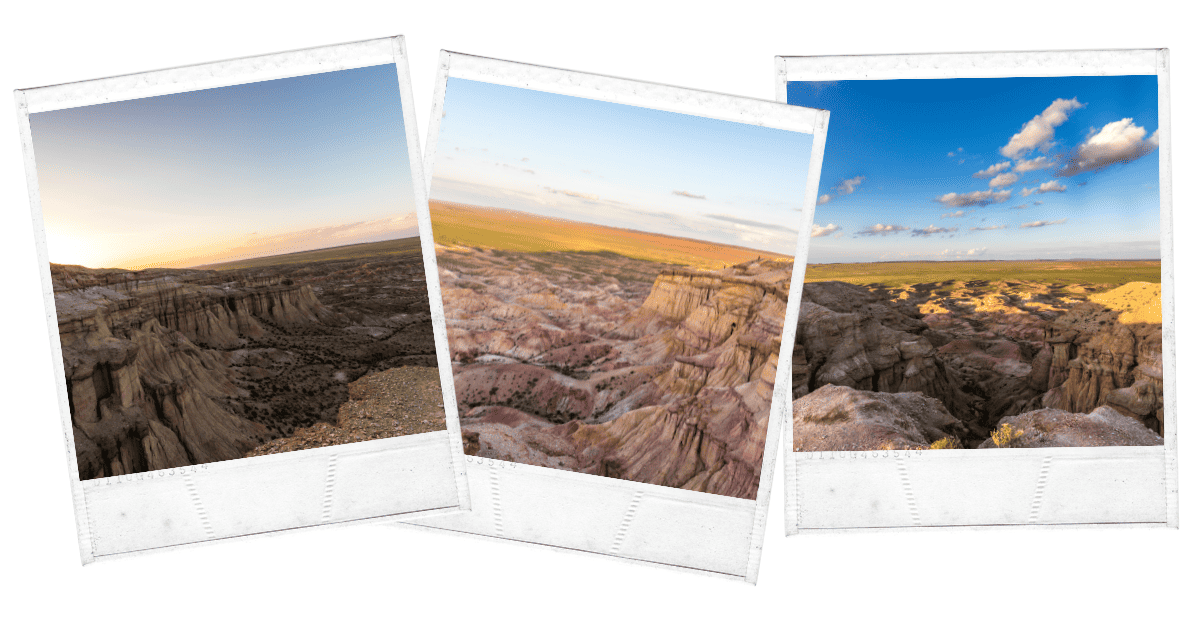
If you’re a fan of rock formations, make sure to see this unique one in Mongolia!
White Stupa is the literal translation of the name Tsagaan Suwarga, which describes the tall structure that can be seen at this location. The monument is made out of limestone and dates all the way back to ancient times.
Tsagaan Suvarga is a wonderful location for photographing, day or night. Hikers can climb and reach the cliffs using several pathways.
The cliff has a history of 10 million years, and the many color layers it reflecting different ages. Clay deposits of various different hues can be found along its straight 90-degree angle.
The Tsagaan Suvarga appears to be the demolished remains of a city or a large structure when viewed from a distance. It has been proven that this location once housed dinosaurs and other prehistoric giant animals.
This tourist attraction is too incredible for you not to explore!
Address: Mandakh, Mongolia
Ulaanbaatar
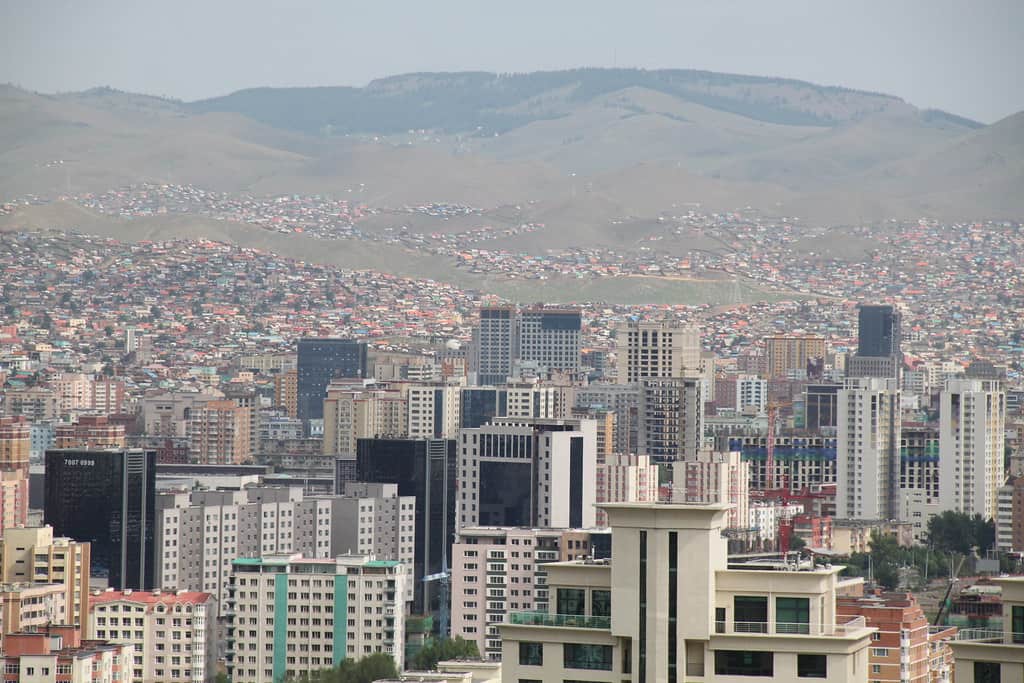
A Mongolian city that embodies two distinct ways of life: the traditional and the modern.
In one way, the city center’s high-rise buildings show how modern life is. On the other hand, visitors coming from the Chinggis Khaan airport or just by train to the main railway station can’t help but notice the vast numbers of traditional Mongolian “gers” in the area. This “ger district,” as the locals call it, gives a glimpse of how nomads live.
It is a huge, industrialized city that is full of throbbing business, crazy traffic, decadent nightlife, and bohemian subculture. Ulaanbaatar is also the world’s coldest capital, but after long winter hibernation, the city comes alive in the summer.
In spite of the city’s challenging layout, visitors may see world-class museums and traditional theater, as well as enjoy delicious foreign cuisine and party until three in the morning in Ulaanbaatar with a little patience.
Visit and have a fun day exploring Mongolia’s capital city!
Is there anything else holding you back from making Mongolia your next vacation destination? Visit why visit Mongolia at least once in your lifetime here.
Address: Ulaanbaatar, Mongolia

